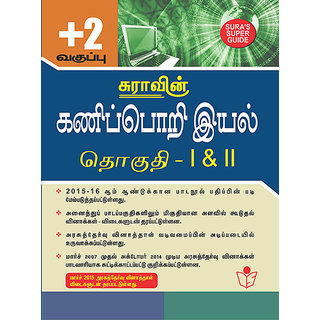

- #12TH STANDARD COMPUTER SCIENCE SYLLABUS STATE BOARD HOW TO#
- #12TH STANDARD COMPUTER SCIENCE SYLLABUS STATE BOARD CODE#


Example: take two different programs for the same problem, and understand how the efficient one takes less time.
#12TH STANDARD COMPUTER SCIENCE SYLLABUS STATE BOARD CODE#
Idea of efficiency: performance defined as inversely proportional to the wall clock time, count the number of operations a piece of code is performing, and measure the time taken by a program.Recursion: simple algorithms with recursion: factorial, Fibonacci numbers recursion on arrays: binary search.Using Python libraries: create and import Python libraries.Hope above Syllabus on KSEEB Class 12th Computer Science will help you. File handling: open and close a file, read, write, and append to a file, standard input, output, and error streams, relative and absolute paths. Chapter 16 Internet and Open source concepts.Functions: scope, parameter passing, mutable/immutable properties of data objects, pass arrays to functions, return values, functions using libraries: mathematical, and string functions.Programming and Computational Thinking – 2Ĥ.1 Unit 1: Programming and Computational Thinking (PCT-2) (80 Theory + 70 Practical) Understand the value of technology in societies, gender and disability issues, and the technology behind biometric ids. Have a clear understanding of cyber ethics and cybercrime. Connect a Python program with an SQL database, and learn aggregation functions in SQL.Ĩ. Get a basic understanding of computer networks: network stack, basic network hardware, basic protocols, and basic tools.ħ. Learn basic data structures: lists, stacks, and queues.Ħ. Learn about the concept of efficiency in algorithms and computing in general.ĥ.
#12TH STANDARD COMPUTER SCIENCE SYLLABUS STATE BOARD HOW TO#
Learn how to create and use Python libraries.Ĥ. Understand the concept of functions and recursion.Ģ. Optional for the academic year 2019-20 and mandatory for the academic year 2020-21 onwardsġ. CBSE Class-12 Syllabus 2019-20 (Computer Science)


 0 kommentar(er)
0 kommentar(er)
